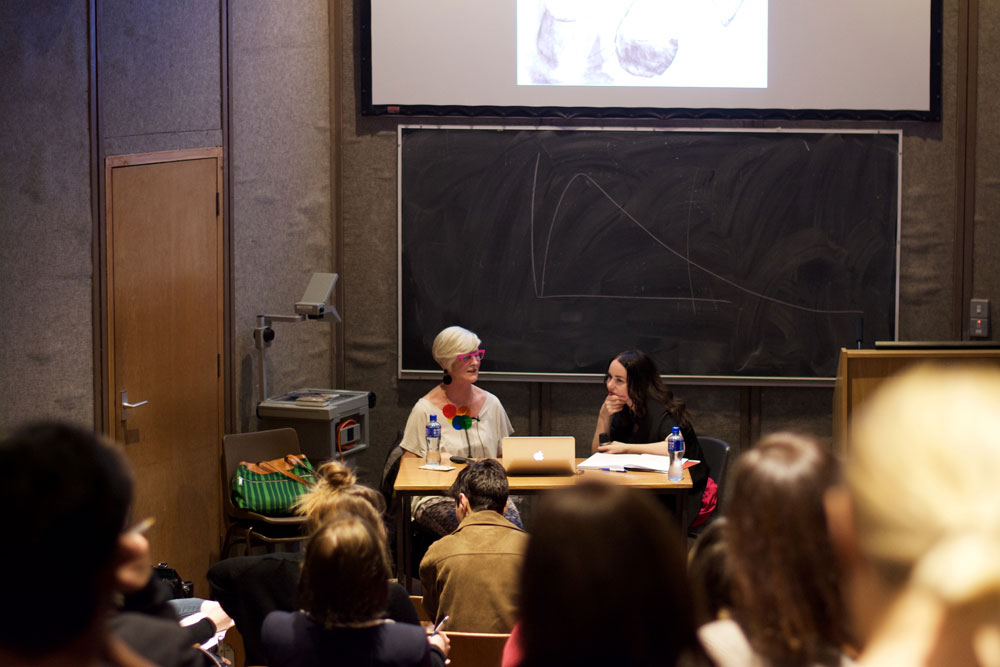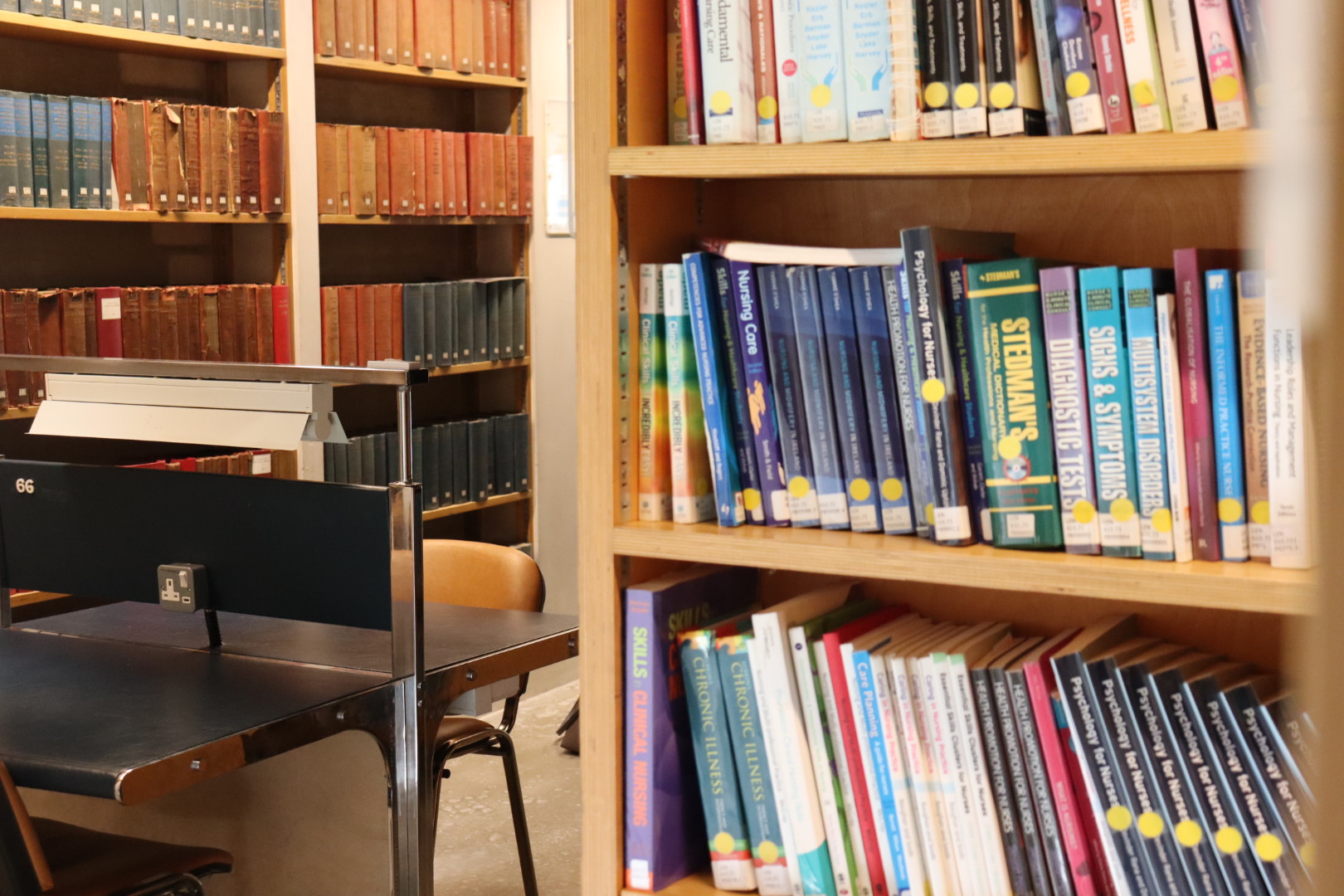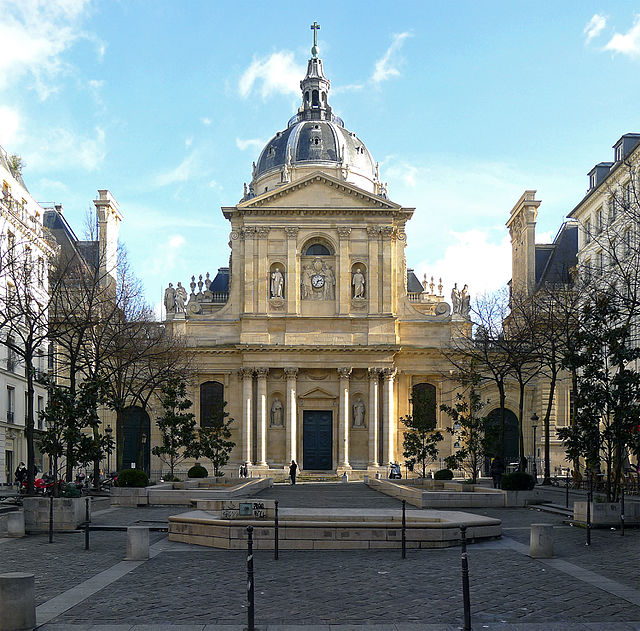
Last night Trinity’s Visual Arts Society (Vis Arts) hosted an evening with Alice Maher, in conversation with Catherine Morris. The pair discussed specific works from Maher’s illustrious, 30-long career. Both mentioned their desire to open up Maher’s work to a wider audience, noting that speaking to a college society was the ideal way to do this. This speaks to Maher’s greater respect for collaboration and inclusivity. Last year, the artist curated the annual RDS Visual Arts Award Exhibition, which featured the best of Ireland’s contemporary art students. When asked about this, Maher said she was impressed with the incredibly high standard demonstrated by young students, noting how far Ireland’s art education has come since she was a student, when there were no Fine Art MA programmes available in Dublin.
One of the most striking and refreshing things about hearing Maher speak is how comfortable she is with her identity as a female, Irish artist. Within the first five minutes, she had already referred to her personal feminism and acknowledged that while it may not always seem obvious, she does like to challenge gender norms in her work. Maher referred to the multiplicity of the female viewpoint, and this is her greatest strength as an artist. Over the course of the evening, Maher also shared that she joined thousands of supporters at the Strike for Repeal Assembly on O’Connell bridge last week. Encouraged by the engagement and enthusiasm demonstrated by young girls and women across the country, Maher says that she communicates her opinions on issues like this through her work, rather than respond directly and literally to them. Works like “Cassandra’s Necklace” (2012) and “The Hunter” (2016) speak to Maher’s sensitivity to the female experience, and her cerebral approach to the communication of gender in art.
Morris and Maher guided the conversation with specific works of art. This is a format that Maher is comfortable with, as it allows for a really in-depth dissection of her extensive body of work, with anecdotes from her fascinating life peppered throughout. The two primarily referred to works from Maher’s early career and pieces from her 2013 retrospective show, Becoming. Maher noted that her career has been almost “bracketed” by drawing. Noting Portuguese artist Paula Rego as a source of inspiration, Maher remarked that as a student in the 1980s, drawing had been somewhat downgraded as an art form. In 2016, she returned to drawing with her series, “The Glorious Maid of the Charnel House”.
Wednesday’s event reminded us of just how integral Alice Maher is to contemporary Irish art culture, and with such a wide range of inspiration and media, her work will certainly continue to inspire younger generations to come.






